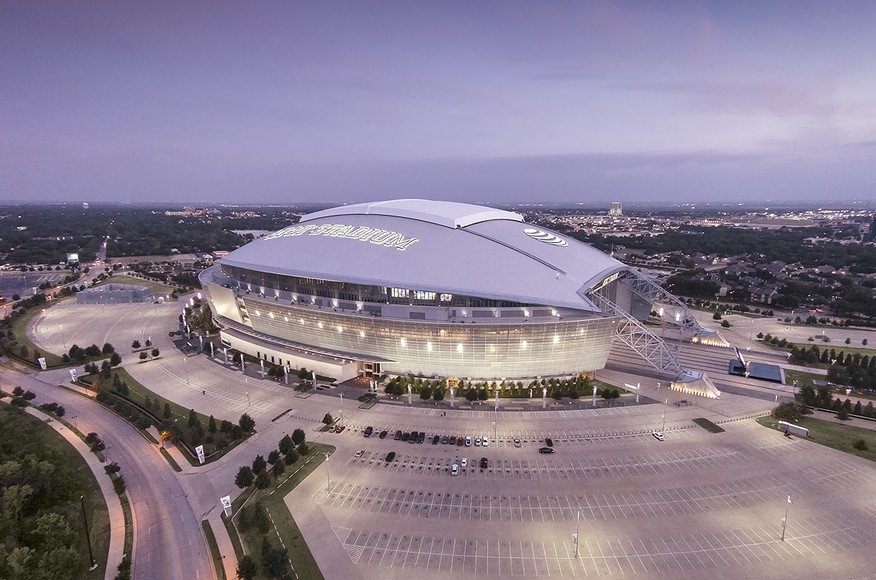This building was originally designed and completed in 1900 by architect Wellington Tabor, and Gustav Stickley lived there between 1900 and 1905. A fire destroyed much of the interior of the building leading to Stickley redesigning and renovating the house. The interior that Stickley designed became the very first craftsman interior in the United States. While the outside of the house is still like the rest of the houses in the neighborhood, the inside is what sets it apart with dark wood panels on the walls and rustic furniture and interior elements. As for the outside, some elements were renovated by Stickley, making the house have a more comforting appeal.
While Stickley’s design renovations have made the building in a sense more rustic and comfortable, this building gives me a very haunted feeling with the dark interior only adding a mysterious sense to the already old, decrepit building. Luckily, in recent years, the exterior has been renovated to be much livelier than it had been in the past with the interior remaining in the same to create a much more traditional craftsman building. With the new renovations, the building is much more comfortable with a sense of history and tradition surrounding it. While the original building really seemed haunted and not a very comfortable place to live to me, with the new renovations, the building has a new sense of beauty with a rustic, old-fashioned nature.
In conclusion, the interior renovations that Stickley made to this house revolutionized American building practices at the turn of the 19th century to more simplified building practices that create more comfortable living spaces. While some of the elements of the craftsman architectural style are too old-fashioned and rustic for my liking making them seem scary and dark to me, Stickley’s house also shows the comforting, peaceful nature that comes with simple styles of design.














